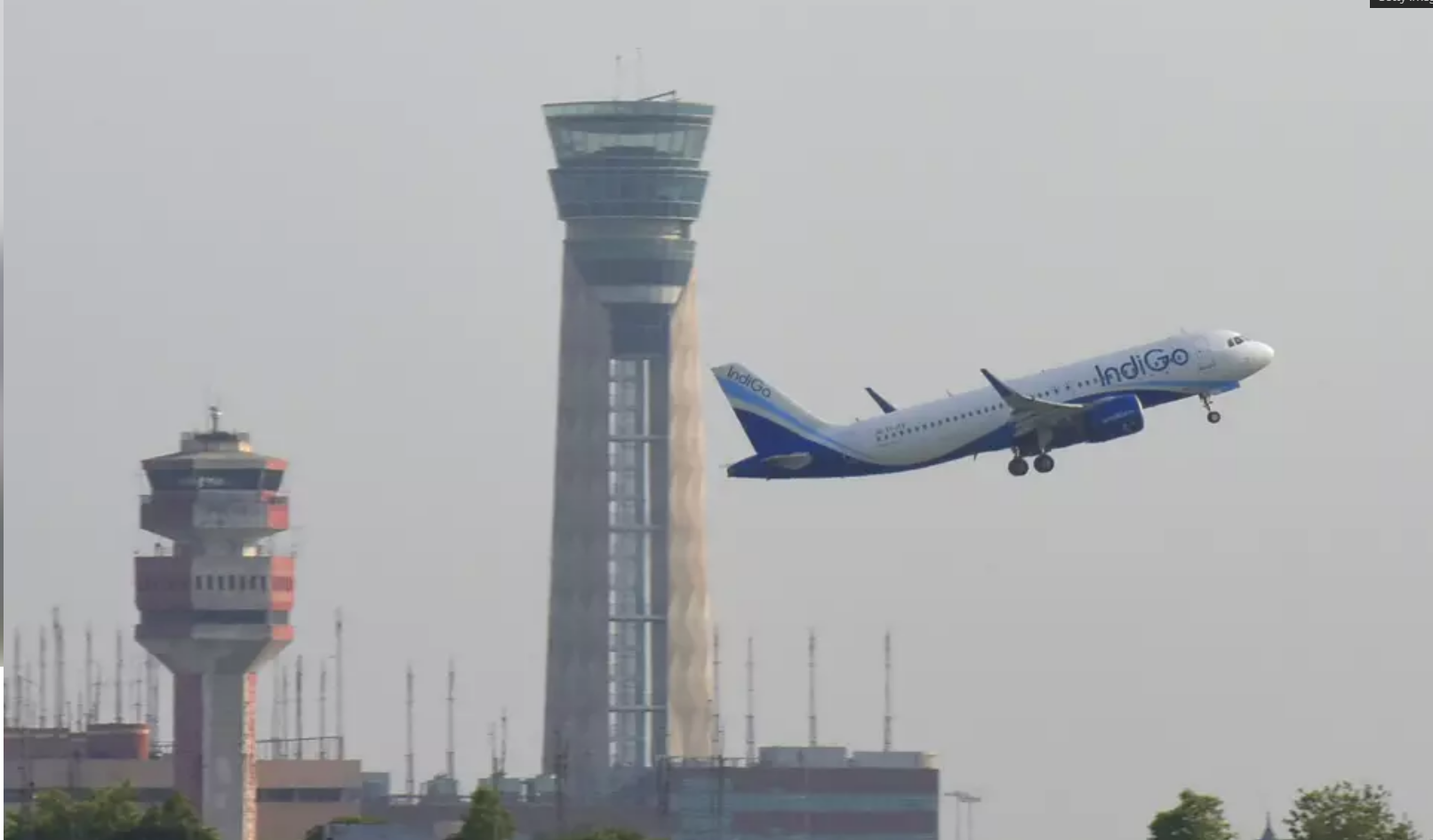A recent system failure at Delhi’s Indira Gandhi International Airport has exposed deep-rooted vulnerabilities in India’s air traffic control (ATC) infrastructure — raising questions about why legacy systems were allowed to persist despite urgent calls for modernization.
What Went Wrong
- On November 6, the Automatic Message Switching System (AMSS) — the backbone of Delhi’s ATC communication — crashed, resulting in massive disruption. Over 800 flights were delayed, according to reports.
- Controllers were forced to revert to manual procedures to process flight plans, significantly slowing operations and increasing risk.
- Engineers from the Air Traffic Safety Electronics Personnel Association (ATSEPA) blamed outdated systems, lack of redundancy, and poor technical oversight for the failure.
Warnings That Were Ignored
- Months prior, the Air Traffic Controllers’ Guild had warned of “performance degradation,” citing frequent lags in data processing and a lack of predictive tools like AI-based conflict detection.
- According to ATSEPA, AAI (Airports Authority of India) had not seriously acted on technical experts’ recommendations even after purchasing a modern system nearly four years ago.
The Aftermath
- AAI reports that the AMSS has been restored, but backlogs remain, and full automation will resume only gradually.
- The government has ordered AAI to upgrade its systems within 90 days, including adding redundancy to prevent similar failures in the future.
- Meanwhile, ATSEPA is calling for a sweeping modernization of India’s CNS (Communication, Navigation, Surveillance) infrastructure — including better fallback processes and regular engineer input in upgrade plans.
The Bigger Picture
This incident wasn’t merely a random glitch — it reflects a systemic risk. The lack of modernization, despite strategic warnings, suggests that India’s aviation backbone is running on borrowed time. The technical failure has not only financial implications (massive delays, cancellations), but also raises safety questions and undermines confidence in India’s air traffic management.
Bottom Line: The Delhi airport crash is a wake-up call. It’s not just about fixing one system — it’s about rethinking how critical infrastructure is maintained, upgraded, and defended. Without decisive action, such breakdowns could become more frequent — with far graver consequences.





Leave A Comment